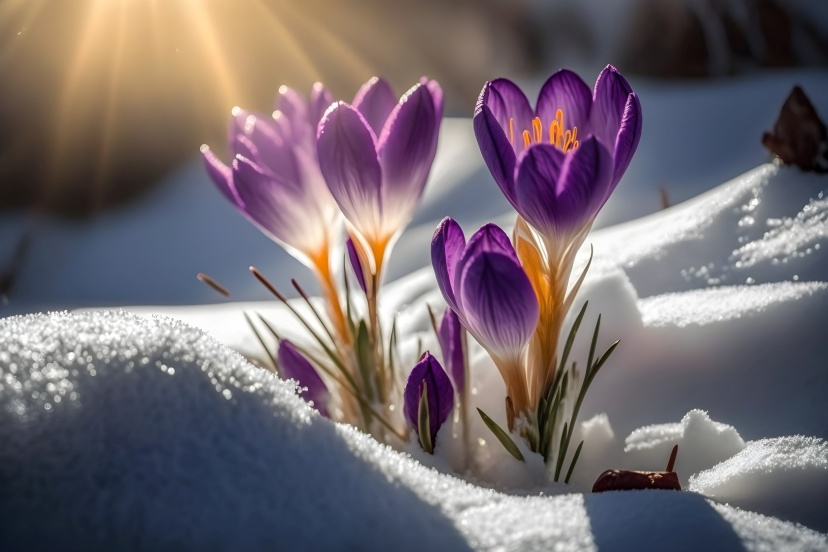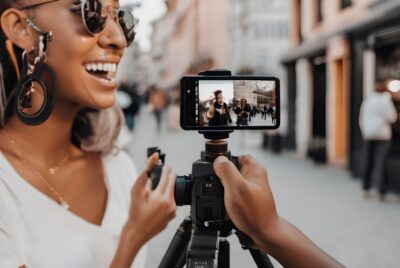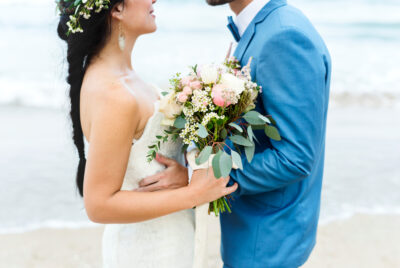Flower Photography – Capturing the Beauty of Nature
Introduction
Flower photography is a captivating form of art that allows us to explore the enchanting world of flowers through the lens of a camera. Whether you’re mesmerized by the vibrant colors of blooming flowers, fascinated by their intricate details, or intrigued by the diversity of floral compositions, flower photography offers endless possibilities for creative expression. In this article, I will guide you through the art of flower photography, sharing valuable tips and techniques to help you capture stunning images of groups of flowers, individual blossoms, and the mesmerizing world of macro flower photography.
I. Understanding Flower Photography
A. Exploring the Beauty of Flowers
Flowers have long been admired for their beauty, and capturing their essence through photography allows us to preserve their fleeting nature and share their captivating allure with others. From delicate petals to intricate patterns, each flower offers a unique visual experience, and flower photography gives us the opportunity to showcase their natural splendor.
B. The Fascination with Flower Photography
Flower photography has gained immense popularity due to its ability to evoke emotions and connect us with nature. The vibrant colors, intricate textures, and graceful forms of flowers create visually appealing compositions that can evoke a range of feelings, from serenity and joy to awe and inspiration. The fascination with flower photography lies in the ability to capture these qualities and create images that transport viewers to a world of natural beauty.
II. Gear and Equipment
A. Essential Camera Gear
To embark on your flower photography journey, you’ll need some essential camera gear. A digital single-lens reflex DSLR or mirrorless camera will provide you with the necessary control and flexibility. Invest in a high-quality camera body that offers good low-light performance and a variety of manual settings.
B. Lens Selection for Flower Photography
The choice of lens is crucial in flower photography as it determines the perspective, depth of field, and level of detail in your images. A macro lens is highly recommended for capturing the intricate details of flowers. It allows you to focus closely on the subject while maintaining sharpness and clarity. A telephoto lens can also be useful for capturing flowers from a distance, especially when photographing larger blooms or inaccessible subjects.
III. Composition and Lighting
A. Capturing the Essence of Groups of Flowers
When photographing groups of flowers, consider the overall composition to create a visually pleasing image. Look for interesting patterns, color combinations, and variations in height and shape. Position yourself at different angles to find the most captivating perspective. Experiment with different compositions, such as using leading lines or framing techniques, to guide the viewer’s eye through the image.
B. Showcasing the Beauty of Individual Flowers
Individual flowers possess their own unique charm and deserve special attention. To highlight their beauty, focus on capturing the intricate details. Get close and explore the petals, stamens, and delicate textures. Pay attention to the lighting, ensuring that it enhances the features of the flower without creating harsh shadows. Utilize a shallow depth of field to separate the flower from the background, creating a pleasing bokeh effect.
C. Exploring the Intricate Details with Macro Photography
Macro flower photography allows you to enter a world of exquisite details that are often unseen by the naked eye. With a macro lens, you can capture the intricate patterns on petals, the delicate texture of stamens, and the mesmerizing formations of pollen. Get up close and personal with the flower, adjusting the focus to bring out the desired details. Use a tripod or a stable surface to maintain sharpness in your images.
IV. Tips for Successful Flower Photography
A. Selecting the Right Time and Weather Conditions
Choosing the right time of day and favorable weather conditions can greatly enhance your flower photography. Early mornings and late afternoons provide soft, warm light that adds a beautiful glow to your images. Overcast days can be ideal for capturing flowers as the diffused light reduces harsh shadows and brings out the colors and details.
B. Utilizing Natural Light Effectively
Light plays a crucial role in flower photography. Experiment with different lighting angles and intensities to create the desired mood. Side lighting can add depth and dimension to the flower, emphasizing its contours and textures. Backlighting can create a beautiful translucent effect, highlighting the delicate nature of petals.
C. Using Depth of Field to Create Visual Impact
Controlling the depth of field is essential in flower photography. By using a wide aperture (small f-number), you can create a shallow depth of field, isolating the flower from the background and emphasizing the subject. Draw attention using this technique to the intricate details of the flower while creating a pleasing bokeh effect.
D. Finding Unique Perspectives and Angles
Experimentation is key in flower photography. Don’t be afraid to get down low, lie on the ground, or shoot from unusual angles to discover unique perspectives. Look for different viewpoints that reveal the flower in a new and interesting way. Be creative and let your imagination guide you to capture extraordinary images.
V. Post-Processing and Editing
A. Enhancing Colors and Contrast
In post-processing, you can enhance the colors and contrast of your flower photographs to make them more vibrant and captivating. Adjust the white balance to ensure accurate color reproduction. Use selective adjustments to emphasize certain colors and tones. Increase the contrast to add depth and drama to your images.
B. Removing Unwanted Elements
Sometimes, there may be distractions or imperfections in your flower photographs. Use editing tools to remove unwanted elements, such as dust spots, stray petals, or distracting background elements. Be careful not to overdo the editing, maintaining a natural look while eliminating distractions.
VI. Conclusion
Flower photography is a delightful and rewarding genre that allows us to immerse ourselves in the beauty of nature. By understanding the intricacies of flower photography, mastering composition and lighting techniques, and utilizing the right gear, you can capture stunning images that showcase the enchanting world of flowers. Remember to experiment, stay patient, and let your passion for flowers guide your photographic journey. With all this new information you have discovered here, you will want to know the best place to buy cameras and camera equipment. We give you 10 reasons why you should buy cameras and equipment from Amazon here.
VII. FAQs
1. What camera settings are best for flower photography?
When photographing flowers, it’s recommended to shoot in manual mode to have full control over your camera settings. Use a low ISO (around 100-400) for optimal image quality. Adjust the aperture based on the desired depth of field, and choose a shutter speed that avoids camera shake.
2. How can I achieve a sharp focus in macro flower photography?
Achieving sharp focus in macro flower photography can be challenging. To increase your chances of getting a sharp image, use a tripod or stable surface, utilize manual focus, and consider focus stacking techniques to combine multiple images with different focus points.
3. What are some creative ways to compose flower photographs?
Get creative with your flower compositions by experimenting with different angles, perspectives, and framing techniques. Use leading lines, negative space, and symmetry to create visually interesting images. Don’t be afraid to break the rules and find your unique style.
4. How can I capture the delicate details of a flower in macro photography?
To capture the delicate details of a flower in macro photography, ensure you have a suitable macro lens. Get as close as possible to the flower, adjust your focus carefully, and use a small aperture (higher f-number) to maximize depth of field. Consider using focus stacking for enhanced detail.
5. Can I use natural light for flower photography?
Absolutely! Natural light can be incredibly beautiful for flower photography. Look for soft, diffused light in the early morning or late afternoon. Avoid harsh midday sunlight, as it can create strong shadows and overexpose your images. Experiment with different lighting angles to find the most flattering light for your flowers.
Remember, practice and patience are key in flower photography. Enjoy the process, explore different flower species, and let your creativity bloom as you capture the mesmerizing world of flowers through your lens.
Further reading
Check out our other relevant articles:
Macro Photography: A Beginner’s Guide to Capturing Tiny Wonders
Check out our comprehensive guide to other photography subjects here.




